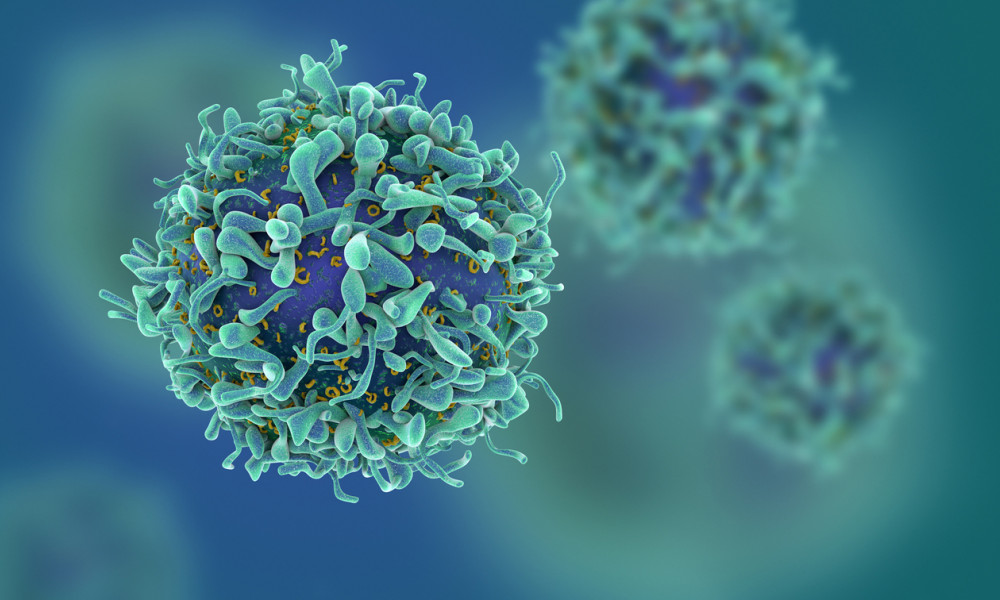Immunological Memory Provides Long-Term Protection against Coronavirus
Many questions about how exposure to SARS-CoV-2 by infection or immunization might result in long-term protective immunity remain unanswered. Onur Boyman, head of the Department of Immunology, and his research team at the University of Zurich and the UniversityHospital Zurich have now taken a closer look at how this long-lived protection is formed. Together with researchers from ETH Zurich, they identified specific signaling pathways that determine when immune cells develop into so-called memory T cells.
From short-lived killers to long-term memory T cells
Virus-specific antibodies produced by B cells are insufficient to effectively protect against the novel coronavirus. The cellular immune response to SARS-CoV-2 is just as important. Here, virus-specific CD8+ T cells play a crucial role, as they can identify and kill the cells that have been infected by the virus. These cytotoxic T cells eliminate viruses that are hidden inside the host cells and help prevent the spread of millions of newly formed viruses. “These T cells are usually active for only a short time and disappear quickly. When it comes to establishing long-term protective immunity, it is important to generate long-lived memory T cells that are activated very quickly upon re-exposure to the virus,” explains Onur Boyman. This latter ability is referred to as immunological memory.
Previous studies have focused on the whole CD8+ T cell population that formed in response to the virus. Boyman and his team have now succeeded in tracking individual clones of SARS-CoV-2-specific CD8+ T cells in patients with Covid-19, from the acute viral infection up to one year after recovery. The researchers were also able to identify the signaling pathways responsible for the transition of CD8+ T cells from short-lived killers to long-lived memory cells – and they found a distinct molecular signature.
